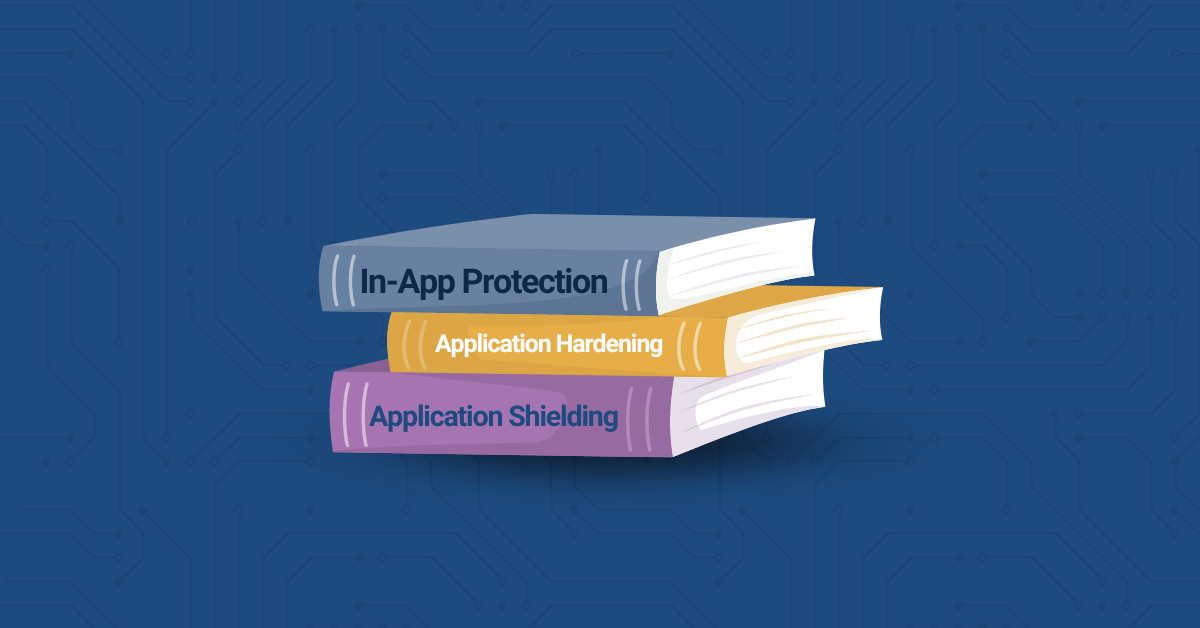
Digital attacks become more destructive every year, causing significant concerns for businesses over cybersecurity. From 2021 to 2022, studies show that ransomware attacks increased by 49%, costing companies an average of $4.45 million per data breach. One of the main attack vectors for hackers comes from vulnerabilities in software coding and application shielding may be the answer.
The immense cost of data breaches leaves businesses in dire need of application security. Terms such as in-app protection, application hardening, and application shielding have emerged to describe different approaches to safeguarding software. In this article, we will delve into the definitions and distinctions of these terms. But what do they mean and what are their differences in implementation? This article will provide understanding.
Just as businesses safeguard their physical assets, it is equally important to protect digital assets, applications, and data. Unfortunately, many organizations overlook the catastrophic consequences of data breaches, especially for apps built on open-source code. One evaluation of 1.7 million Android apps found that only about 24% of these apps received protection from developers.
Leaving code open and vulnerable allows hackers to exploit weaknesses, leading to unauthorized access, data theft, and ransom attempts. Protecting apps is how developers can mitigate these risks.
In-app protection, application hardening, and application shielding are terms that are similar and often conflated within the realm of code security. In some cases, they even overlap in practice as each ultimately accomplishes the same result: create secure code that stands up against hackers.
In-app protection was defined by Gartner in reference to the implementation of security measures within the application itself to defend against various threats. The technique embeds security measures directly into the application to defend against various attack vectors and uses techniques such as obfuscation, tamper detection, anti-debugging, and root detection. By incorporating in-app protection mechanisms, businesses fortify their applications and make it significantly harder for attackers to exploit vulnerabilities.
Gartner defined the term “app shielding” as a category of technologies used for protecting applications from attacks and unauthorized access but it’s come to be a broader term used in cybersecurity to describe the protection of various aspects of an application not limited to its code. It utilizes measures such as vulnerability assessments, access controls, secure coding practices, and patch management to minimize attack vectors and fortify the overall security posture of the application.
While application shielding was once used to describe specific technologies, it is now used to refer to a range of app protection techniques such as cryptographic checks, anti-tampering measures, and runtime integrity checks. The goal of application shielding is to create a resilient application that can withstand sophisticated attacks and deter unauthorized modifications.
Although the above terms can often be conflated, one word sticks out that has a very clear meaning — obfuscation; and it’s one of the most effective strategies to protect source code.
Obfuscation is transforming the code to make it visually illegible and confusing to understand, while preserving its functionality. This technique thwarts reverse engineering attempts, making it arduous for hackers to decipher the logic and inner workings of the code. Some of the main obfuscation techniques include:
No matter what terminology you use, the goal is the same — protect your source code, and PreEmptive is here to be your partner in the process. Our Dotfuscator solution has been the #1 .NET and in-app protection product for 20 years, and we have a range of solutions to secure your applications and mitigate the risks of data breaches.
Take the first step towards protecting your applications from data breaches with PreEmptive obfuscation. Start a free trial today and experience how our powerful tools make it easy to safeguard your code and defend against malicious attacks. Don’t leave your applications vulnerable — sign up for a free trial today.